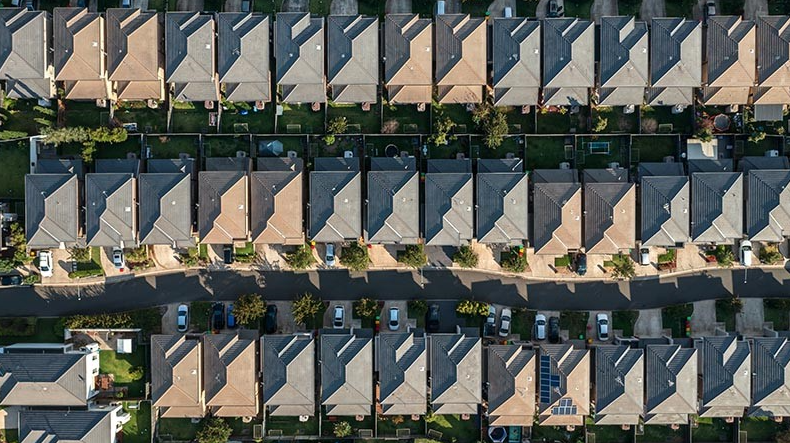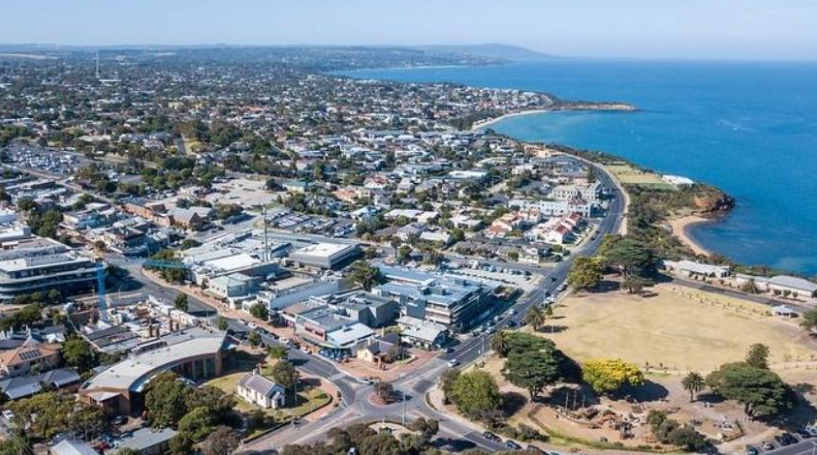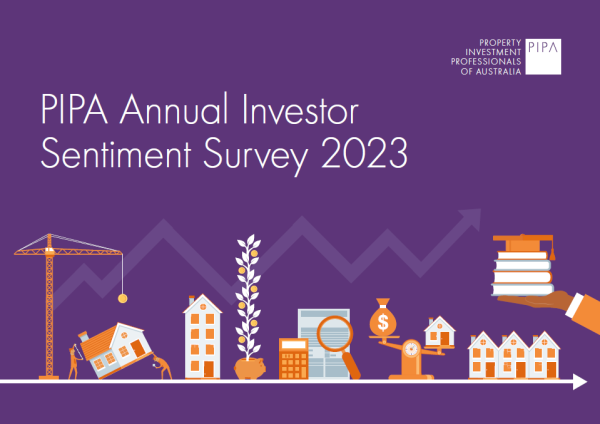Social funds stepping up to invest in social housing
Sep 2022Karen Millers
Categories
Location ReportsMedia releasesNational market updatesPersonal advisersPIPA AdviserPIPA Annual Investor Sentiment SurveysPIPA Member ProfilesPIPA video updatesPIPA webinarsPodcastsProperty advisersProperty newsLatest Articles
Rent rises ease but crisis’ link to population density found to be tenuous
Jordan van den Berg: The ‘Robin Hood’ TikToker taking on Australian landlords
Victorian property investors face yet another new property tax as council tests levy
Rentvesting in Australia: A deep dive
‘More chance of winning lotto’ than housing targets being met
Social and affordable housing will get a $575 million investment boost following the Jobs and Skills Summit, with the federal government already having had discussions with superannuation funds about how to leverage the money.
Prime Minister Anthony Albanese said the discussions had been “constructive”.
According to the outcomes document released by the government following the summit, the $575 million in funding “can be used to partner with other tiers of government and social housing providers, and to attract private capital including from superannuation funds”.
The Australian Institute of Health and Welfare says social housing declined as a proportion of overall housing stock from 4.8% in 2012 to 4.2% last year, while the number of “greatest need households on waiting list” increased more than one-third from 43,224 to 67,656.
A recent Housing For All Australians (HAA) report, Give Me Shelter, found that the national average benefit-cost ratio (BCR) for Australia in providing adequate social and affordable housing infrastructure is 2:1. In other words, for every $1 invested to drive the delivery of public, social and affordable housing, the Australian community saves $2 in future costs.
HAA said this rate of return is comparable to, or better than, those achieved in many other major investments in infrastructure including Melbourne Metro (1.5:1) and the M12 Motorway Sydney.
Former Stockland CEO Mark Steinert warned that if nothing changes, the health, education, productivity and crime costs borne by the community as a result of this unmet housing need is estimated to reach $25 billion per year.
The private sector is already showing initiative with fund manager EG Funds last week teaming up provider Southern Cross Community Housing to deliver a $150 million flagship social and affordable housing precinct.
The new commitment is in addition to the government’s $10 billion Housing Australia Future Fund that aims to deliver 30,000 social housing properties over its first five years. Among those would be 4,000 for new social housing homes for women and children experiencing domestic and family violence and older women on low incomes, and 10,000 affordable homes for frontline workers.
It is one of 36 outcomes of the Jobs and Skills Summit, all of which Treasurer Jim Chalmers said would happen this year.
“This, I hope is the beginning of a new era of co-operation and finding consensus, trying to find that common ground in the interests of a common purpose and the common good,” he said.
The Prime Minister said the timing of the new measures was still being worked out.
“We have just gone through a two-day summit, we will have cabinet next week, we will have to work through what the timetable is, what needs legislation,” he told media on Friday.
“What we don’t have is the legislation prepared at 3 o’clock in the afternoon for decisions that were made at 10am.”
Regions welcome migration boost
The increase in the permanent migration program from 160,000 to 195,000 in 2022-23 was welcomed by Regional Capitals Australia (RCA).
RCA chair and Mayor of Ballarat, Daniel Moloney said it is a welcome step for businesses currently struggling with crippling labour shortages.
Prime Minister Albanese said an overreliance upon temporary labour for specific purposes has undermine, some equity issues have been created because of that, and made the country more vulnerable.
“One of the lessons of the pandemic is that we need to have more security and more reliance upon ourselves. When people were asked to leave and when borders were shut, that’s exacerbated the skills shortages which are there.” He said his “starting point” for the mix of types of new migration places is in favour of “giving people the security that comes with the path to permanent migration, a path to being an Australian citizen”.
However, PIPA chair Nicola McDougall raised the issue of housing supply.
“PIPA is not questioning the need for increased migration to help address the current skills shortage, but our question is: Where are they going to live?”
She cited SQM Research that shows there were 36,741 rental vacancies across the entire country in July as well as a national vacancy rate of just 1%, while the latest Australian Bureau of Statistics’ lending indicators showed a sharp reduction in investor activity.
“PIPA is interested to hear the government’s plan on how it intends to provide housing for about 200,000 new migrants in the next year, when there currently aren’t enough rental properties to house our resident population,” McDougall said.
Meanwhile, Australia’s largest provider of timber and building supplies, Bowens, welcomed the federal government’s $1.1 billion commitment to support 180,000 fee-free TAFE places in 2023.
“In Australia, we are experiencing ongoing industry growth while also feeling the squeeze of increasing demand across construction. Concerns of the Australian building and construction industry are not only skills related, with issues on and off the tools leading to increased pressure on Australian builders,” said Bowens director and chief investment officer, Andy Bowen.
Bowen also commended the announcement of a tripartite National Construction Industry Forum that will consider mental health and safety, culture, productivity and gender in the sector.
Australian Constructors Association CEO Jon Davies said a culture overhaul in the industry as workers were becoming increasingly burnt out.
Going into the summit, the UDIA had called on the government to fast-track initiatives that resolved shortages in the construction workforce. Construction currently represents 11% of the national workforce, and the UDIA said delays from skilled worker shortages in the industry is contributing to a steep increase in costs and a rapid decline in housing affordability.
Originally Published: Nelson Yap | Australian Property Journal | 4 September 2002




